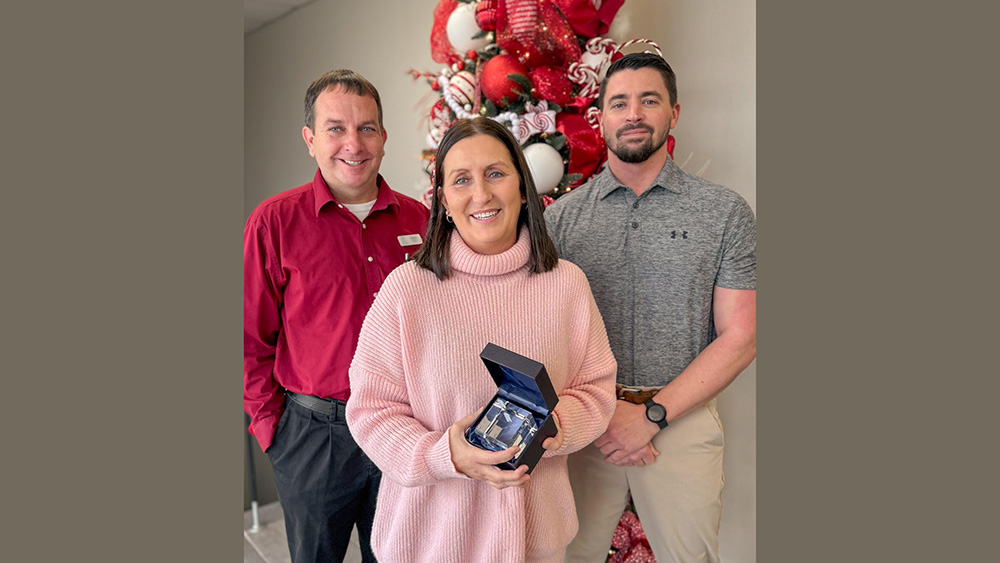MONTICELLO, Ark. — Anglers looking to fish in one of southeastern Arkansas’s most popular fisheries will once again be able to launch their boats at Lake Monticello’s Hunger Run Access. The city of Monticello will officially open the boat ramp adjacent to the lake’s newly renovated dam this Friday.
Kris Nault, regional fisheries supervisor in the Arkansas Game and Fish Commissions Monticello Office, says that although the gates have been closed at the Hunger Run Access since the lake was drained and the renovation hit full stride because there wasn’t enough water on the ramp to use it without blowing out the sediment at the end of the ramp and creating a scour hole. Many anglers have already been fishing from the banks and launching john boats from the Windy Hill Access on the opposite side of the lake.The city had the gate to this access opened since the lake began filling approximately 2.5 years ago so the public could use the park and disc golf course located there. As soon as this ramp got water on it about a month and a half ago, anglers started launching small boats. The water at this boat ramp is still shallow and launching larger boats there is questionable.

“The lake has actually seen some pretty heavy fishing pressure from that access recently,” Nault said. “It’s been common to see five or six boat trailers at the ramp every weekday. I’ve noticed that the fish have started to move off the banks now for summer as well, and many anglers are catching fewer bass than they were earlier this spring.”
Anglers are reminded that fishing for all game fish at Lake Monticello is strictly catch-and-release.
“We’re trying to protect this fishery as much as possible to let it show its true potential, and the majority of the fish in the lake are still only a couple of years old,” Nault said. “They have exhibited some excellent growth, but we still won’t see the real effects of the lakeside renovation that was done for a few years as these fish get older.”
In addition to stocking Florida bass from state fish hatcheries, the AGFC recently stocked the lake with superior Florida bass dubbed TITAN MAXX bass from Red Hills Fishery in Georgia. Crappie and bream were also stocked. All gamefish, including bass, crappie, bream and catfish, are currently under a catch-and-release regulation while the fishery rebuilds.
The real stocking story, however, has been in forage. According to recent stocking records, the AGFC has stocked baitfish for the growing game fish to eat at extremely high densities.
“Typically, the bream-to-bass stocking ratio is 10:1. We stocked at a ratio of 30 bream for each bass,” Nault said. “The threadfin shad, golden shiners and fathead minnows we stocked in addition to bream brought the prey-to-bass ratio up to 55:1. This combination of the high forage population in the lake, combined with great habitat and Florida Bass genetics, has resulted in Lake Monticello largemouth bass exhibiting excellent growth and condition.”
It will be a few years before the results of these stockings will be fully realized, but anglers will already notice the massive amount of habitat added to the lake through vegetation growth and massive habitat projects conducted by AGFC staff and coordinated by Nault.
Jeremy Risley, the AGFC’s Black Bass Program coordinator, said Nault’s dedication to the fishery throughout the whole process is something the city and the anglers should be proud of.
“He did an excellent job with the renovation and overcame many hurdles to make sure the fishery work stayed on track,” Risley said.
Throughout Lake Monticello’s renovation, AGFC fisheries personnel created and placed 87 fish habitat sites in the 1,520-acre lakebed. These attractors were made of trees and brush cut from the shore, wooden pallets, 6-foot boards and PVC. The complexity of the structures ranged from brush piles to engineered structures called porcupine fish cribs that offer excellent shelter for baitfish and young game fish. More than 1,650 trees along the shoreline also were hinge-cut so that their tops now contribute to shoreline cover for fish. Hundreds of willow trees and pine trees also have grown in the lakebed to offer habitat and recycle nutrients into the system when the lake is fully refilled.
“The sheer amount of work put in to make this one of Arkansas’s best trophy bass lakes again is incredible,” Risley said.




